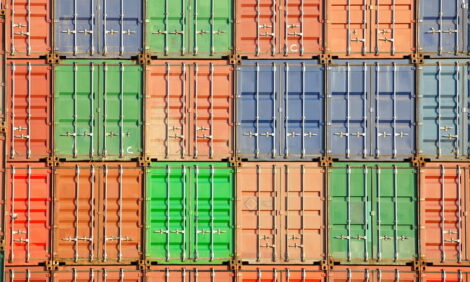



Plan Now For Next Years Hay
AUSTRALIA - This year’s hay season is showing signs that supply may be tight by autumn and winter, according to Dairy Australia’s latest Grain and Hay report.
Given the seasonal outlook, dairy farmers are being advised to plan their hay purchase early and to consider quality when making purchase decisions.
Dairy Australia’s Grains2Milk program leader, Dr Steve Little, said wet weather in Western Australia during their harvest had reduced the supply of export quality hay.
“In a normal season, about 40 per cent of Australia’s export hay comes from WA. To compensate, good quality cereal hay is being actively sought by export plants in South Australia, Victoria and New South Wales. That will have an effect on the amount available for the domestic market,” Dr Little said.
In addition, areas sown for cereal and pasture hay in many regions of eastern Australia appear to be well down this year, with many hay contractors reporting that their amount of work is down by more than half.
“For dairy farmers who are regular buyers of hay, it may be worth considering buying some of your annual requirements in the paddock at harvest. Or at the very least, keep a close eye on developments by watching Dairy Australia’s Hay and Grain reports,” he said.
“Good quality milking hay may be difficult to source and expensive during the peak demand periods next autumn and winter, especially if the autumn break arrives late.”
When buying hay, Dr Little recommends making decisions on the basis of ‘nutritional value for money’ rather than on price alone.
“If you have feed test results you can decide if the asking price represents value, given the hay’s nutritional quality,” Dr Little said.
“And if you are harvesting your own hay, feed test results will enable you to work out the best way to fit the hay into the herd’s diet. Once you know its nutritional quality you can create a balanced ration combining hay with other available feeds.”
Feed lab testing will provide the information you need about the nutritional value of hay.
“The key is to collect a sample that is a true reflection of the hay. If you’ve got hay bales, you’ll need a corer. A grab sample isn’t good enough,” he said.
The hay and grain report is one of the many examples of the dairy service levy at work. Farmers receive a benefit of $3 for every $1 invested by Dairy Australia on their behalf. For more information on this and other levy investments visit www.dairyaustralia.com.au
TheCattleSite News Desk


